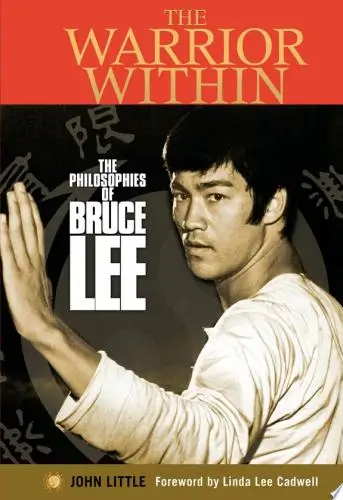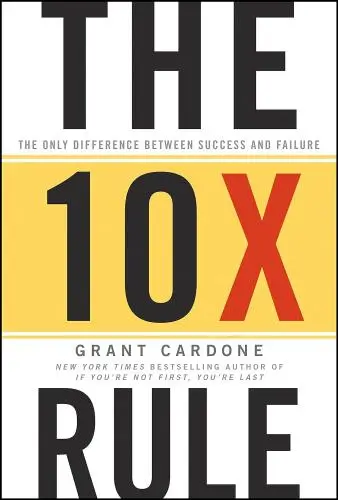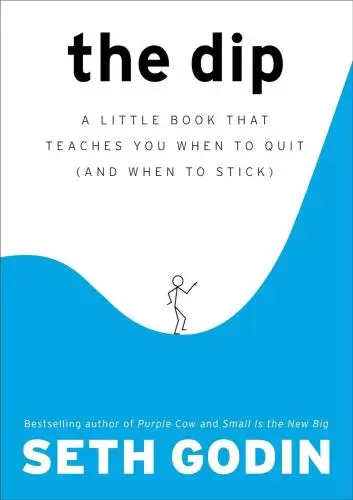
Originals
How Non-Conformists Move the World
What's it about?
Originals is a captivating exploration of what it takes to be an innovative thinker and creator. Grant reveals that originality is not a fixed trait but a skill that can be nurtured. Through engaging stories and research-backed insights, he shares practical strategies for challenging the status quo, embracing uncertainty, and overcoming fear of failure. This book will inspire you to unleash your creativity and make a lasting impact in your personal and professional life.
About the Author
Adam Grant is a highly influential organizational psychologist known for his best-selling books "Give and Take" and "Originals". He is recognized for his fresh perspectives on success, motivation, and creativity in the workplace. Grant's writing style is engaging and thought-provoking, as he challenges traditional notions of leadership and productivity. He explores the power of collaboration, generosity, and original thinking, offering valuable insights for both individuals and organizations striving for innovation and success.
10 Key Ideas of Originals
Embrace the Power of Procrastination for Creative Thinking
Delaying tasks strategically can foster innovation by allowing more time for ideas to incubate and evolve.
Procrastination gives your subconscious the opportunity to process complex problems, leading to more creative solutions.
Instead of rushing to complete tasks, allow yourself moments of deliberate delay to enhance your problem-solving capabilities.
Learn DeeperIdentify the Right Tasks to Procrastinate On: Not all tasks are suitable for procrastination. Choose tasks that require creativity or complex problem-solving. Routine or time-sensitive tasks might not benefit from delay.
Set Intentional Procrastination Periods: Instead of indefinitely postponing a task, set a specific time frame for your procrastination. For example, if you have a project due in two weeks, allow yourself a few days to step away from it intentionally.
Engage in Different Activities During Procrastination: Use your procrastination period to engage in activities unrelated to the task at hand. This could be going for a walk, reading a book, or even working on a completely different project. The goal is to give your subconscious mind a break from the problem.
Reflect and Take Notes: During and after your procrastination period, take some time to reflect on any new ideas or perspectives that come to mind regarding your project. Keep a notebook or digital note-taking app handy to jot down these insights.
Implement a Deadline for Decision Making: After your intentional procrastination period, set a firm deadline for when you need to start acting on your task. This ensures that procrastination doesn't turn into avoidance.
- Example
Imagine you're tasked with developing a new marketing strategy for your company. Instead of diving straight into brainstorming sessions, you decide to procrastinate intentionally for a week. During this week, you focus on other projects, read a novel, and spend time with family. Ideas related to the marketing strategy start to surface naturally during your downtime, leading to a more innovative approach when you finally sit down to work on it.
- Example
You're a software developer facing a complex coding problem. You choose to procrastinate on solving it by setting aside two days to work on a different, less demanding project. During these two days, your mind subconsciously processes the complex problem. When you return to it, you find that you're able to approach the issue with fresh eyes and come up with a solution more creatively than if you had forced yourself to tackle it head-on immediately.
Cultivate a Culture of Dissent and Encourage Constructive Criticism
Promoting an environment where dissent is welcomed and constructive criticism is valued can lead to breakthrough innovations.
Encouraging diverse viewpoints and challenging the status quo stimulates critical thinking and prevents groupthink.
This approach fosters a culture of continuous improvement and originality by ensuring that all ideas are scrutinized and refined.
Learn DeeperCreate a 'No Judgment' Zone: Start meetings with a clear statement that every idea is welcome, no matter how unconventional. This sets the stage for open communication and encourages team members to share their thoughts without fear of ridicule.
Implement 'Devil's Advocate' Sessions: Regularly schedule sessions where team members are assigned the role of devil's advocate. Their job is to challenge ideas and assumptions, which helps in identifying weaknesses and areas for improvement.
Encourage Feedback Loops: After presenting an idea, actively seek out feedback from diverse perspectives. Make it a habit to ask, 'What could go wrong with this approach?' or 'How can we make this idea even better?'
Reward Constructive Criticism: Recognize and reward team members who offer constructive criticism that leads to improvements or innovations. This reinforces the value of dissent and encourages others to contribute critically.
- Example
At Pixar Animation Studios, they use a process called 'braintrust meetings' where creators present their work in progress and receive candid feedback from peers. This culture of candid critique has been instrumental in producing hit movies.
- Example
In a software development team, implementing regular code review sessions where developers critique each other's code can lead to higher quality software. Constructive criticism in these sessions not only improves the code but also fosters a learning environment.
Generate a Large Volume of Ideas to Increase Originality
The key to producing original and innovative ideas is to generate a large quantity of them.
The majority of ideas may not be groundbreaking, but within a high volume of concepts, there are likely to be gems.
This practice encourages creative thinking and ensures a higher chance of uncovering unique and impactful solutions.
Learn DeeperSet aside dedicated brainstorming time: Schedule regular sessions, even if it's just 15 minutes a day, to jot down any and all ideas that come to mind. Don't judge or filter them at this stage; the goal is to let your creativity flow freely.
Keep an idea journal: Carry a small notebook or use a digital app to capture thoughts and inspirations as they occur throughout your day. This habit ensures you don't lose those fleeting moments of genius.
Implement a 'no idea is a bad idea' policy during brainstorming sessions: Whether you're alone or with others, allow yourself to explore every avenue, no matter how outlandish it may seem at first. This opens up the floor for more creative and diverse thinking.
Challenge yourself to reach a specific number of ideas: For example, if you're trying to come up with a new product concept, don't stop until you've listed at least 50 possibilities. This pushes you beyond your initial thoughts and often where the more original ideas are found.
Review and refine regularly: Set a time each week to go back through your ideas. With fresh eyes, you can see which ones have potential and start developing those further.
- Example
A marketing team aiming to come up with a groundbreaking campaign decides to hold daily 10-minute brainstorming sessions. In these sessions, every member is encouraged to voice any idea, no matter how unconventional. After a month, they sift through the amassed ideas and identify several unique concepts that would never have emerged through traditional meetings.
- Example
An aspiring author struggling with writer's block sets a challenge to write down 100 story ideas in one month. By the end of the month, not only has the exercise sparked several viable plots for new books, but it has also reignited their passion for writing and creativity.
Leverage Your Outsider Advantage by Applying Diverse Perspectives
Bringing an outsider perspective to an established field can provide unique insights and lead to original solutions.
Outsiders are not constrained by the same norms and traditions as insiders, allowing them to question assumptions and approach problems differently.
Embrace your diverse experiences and apply them to new contexts to drive innovation.
Learn DeeperIdentify Your Unique Perspectives: Reflect on your background, experiences, and interests that differ from those in the field you're entering or contributing to. This could be your educational background, hobbies, or even life experiences that aren't directly related to the field.
Question Assumptions: Approach problems with a curious mindset. Ask why things are done a certain way and whether there's a rationale behind current methods. Don't take 'that's how it's always been done' as a satisfactory answer.
Cross-Pollinate Ideas: Look for solutions in other industries or fields that can be adapted to your current challenge. Sometimes, an approach from a completely different area can offer a fresh perspective and innovative solution.
Network Outside Your Field: Engage with professionals and enthusiasts from various fields. This can provide insights into how other industries tackle problems and foster creative thinking.
Embrace Experimentation: Be open to trying out new ideas, even if they seem unconventional. Remember, innovation often comes from the willingness to take risks and learn from failures.
- Example
A software developer with a passion for music might leverage their understanding of rhythm and patterns to innovate in coding algorithms, bringing a fresh perspective to problem-solving in technology.
- Example
An architect with a background in psychology might incorporate psychological principles into design, creating spaces that not only are aesthetically pleasing but also promote well-being and productivity.
Build Coalitions to Gain Support for Novel Ideas
Garnering support for innovative ideas often requires building alliances.
By identifying and persuading key stakeholders who share a vision for change, you can create a coalition that helps push original ideas forward.
Effective communication and demonstrating the value of your idea are crucial in mobilizing support and overcoming resistance.
Learn DeeperIdentify Key Stakeholders: Start by mapping out who the key stakeholders are in relation to your idea. Consider who will be most affected by it and who has the power to support its implementation. This could include colleagues, managers, or external partners.
Craft Your Pitch: Develop a clear, compelling pitch that outlines the benefits of your idea, not just for you, but for the stakeholders and the organization as a whole. Focus on how your idea addresses a specific problem or opportunity.
Build Relationships: Before making your pitch, invest time in building relationships with potential supporters. Understand their interests, concerns, and how your idea might align with their goals. Genuine connections can make a big difference.
Leverage Small Wins: Start small and aim for early successes that demonstrate the value of your idea. Use these small wins to gain credibility and attract more support from the wider group.
Create a Coalition: Once you have a few supporters, encourage them to express their support to others. A coalition of backers can create momentum and make it easier to persuade others to join your cause.
Be Prepared for Resistance: Anticipate objections and have responses ready. Show how you plan to mitigate risks and address concerns. Being prepared shows you’ve thought through your idea thoroughly.
- Example
Imagine you have an idea for a new software tool that could improve productivity in your workplace. You start by discussing the concept with a few close colleagues who would directly benefit from its implementation. After refining the idea based on their feedback, you collectively present it to your manager, highlighting how it aligns with the team's goals and showcasing a prototype to demonstrate its potential impact.
- Example
Consider a teacher who wants to introduce a new teaching method that encourages more student interaction. She first shares her idea with fellow teachers who have shown interest in innovative teaching methods, gathering their input and support. Together, they pilot the method in their classes, collect data on student engagement and performance, and then present their findings to the school administration, proposing a broader implementation.
Deeper knowledge. Personal growth. Unlocked.
Unlock this book's key ideas and 15M+ more. Learn with quick, impactful summaries.
Read Full SummarySign up and read for free!
Originals Summary: Common Questions
Experience Personalized Book Summaries, Today!
Discover a new way to gain knowledge, and save time.
Sign up for our 7-day trial now.
No Credit Card Needed

Similar Books
Trending Summaries

Peak
Anders Ericsson
Never Split the Difference
Chris Voss
Smart Brevity
Jim VandeHei
The Psychology of Money
Morgan Housel
The First 90 Days
Michael D. Watkins
Atomic Habits
James Clear
Thinking, Fast and Slow
Daniel Kahneman
The Body Keeps the Score
Bessel van der Kolk M.D.
The Power of Regret
Daniel H. Pink
The Compound Effect
Darren HardyNew Books
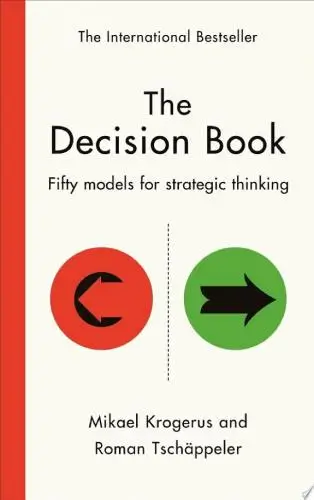
The Decision Book
Mikael Krogerus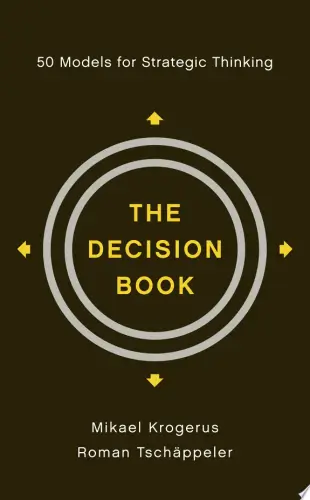
The Decision Book: 50 Models for Strategic Thinking
Mikael Krogerus
Fichte
Johann Gottlieb Fichte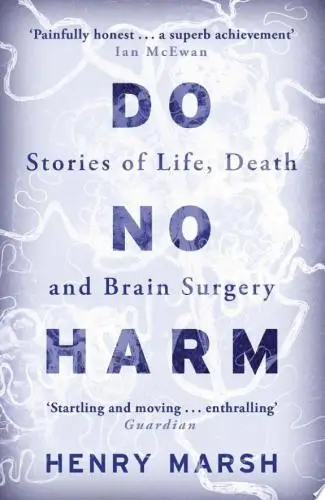
Do No Harm
Henry Marsh
This is Going to Hurt
Adam Kay
This Is Your Brain on Joy
Earl Henslin
Learning Habits
Sarah Nicholl
TOP KNIFE: The Art & Craft of Trauma Surgery
Asher Hirshberg,
English Spirituality
Gordon Mursell

